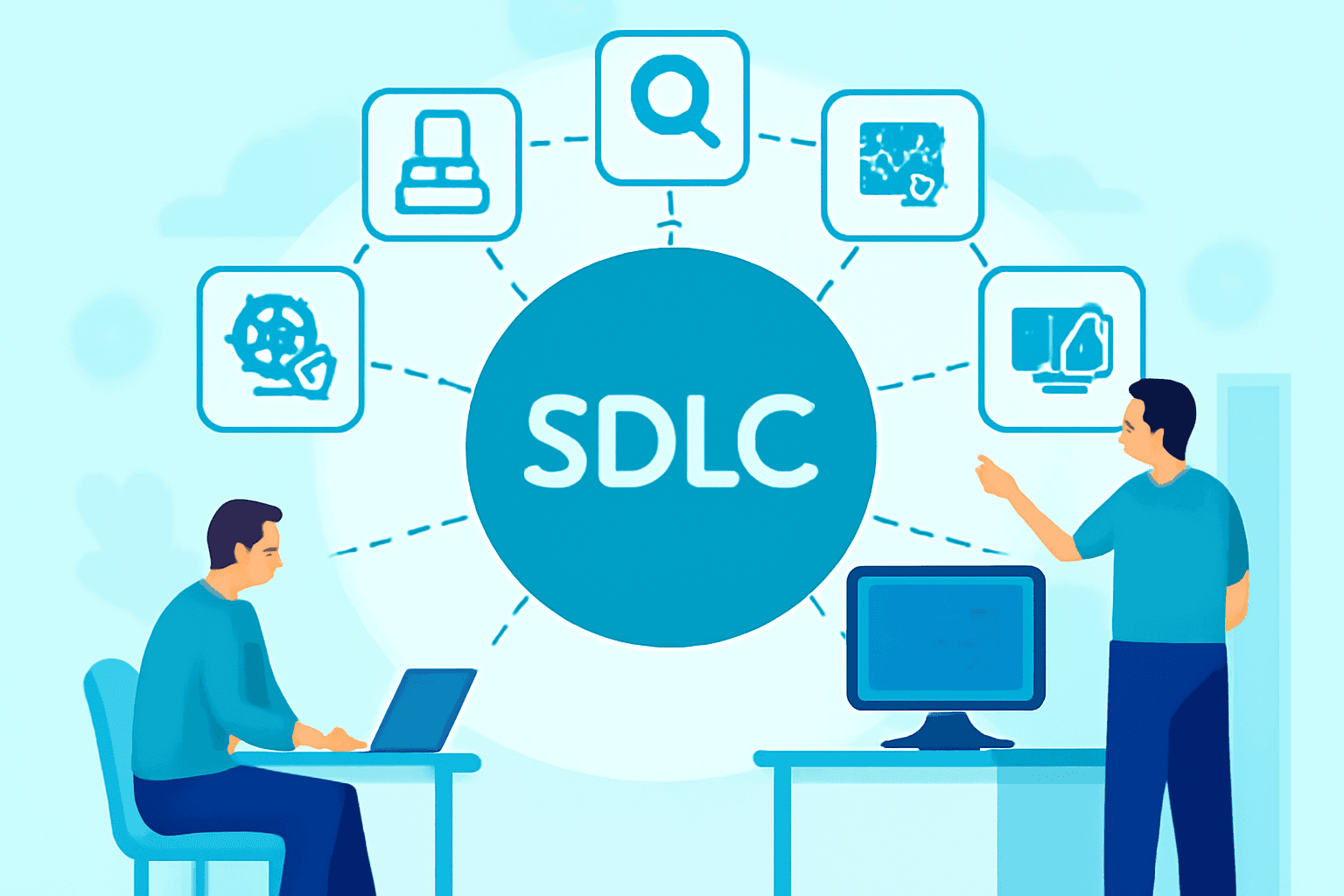The main phases include planning, analysis, design, development, testing, deployment, and maintenance.
-
Understanding the essential phases of the SDLC and their importance in successful software development.
-
How a well-defined SDLC process ensures clarity, risk mitigation, and efficient resource allocation.
-
The power of client involvement and adaptability throughout the SDLC phases.
-
Key factors for choosing the right technology stack, including scalability, security, and developer expertise.

